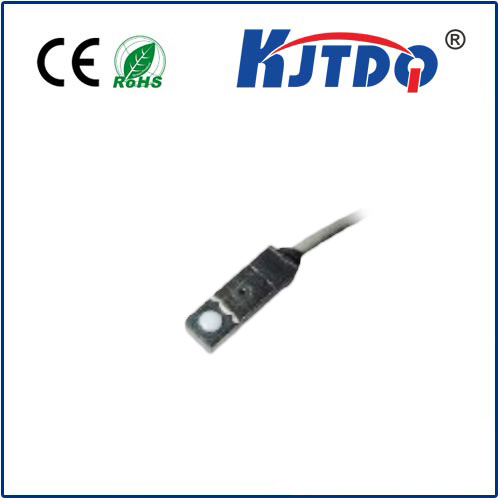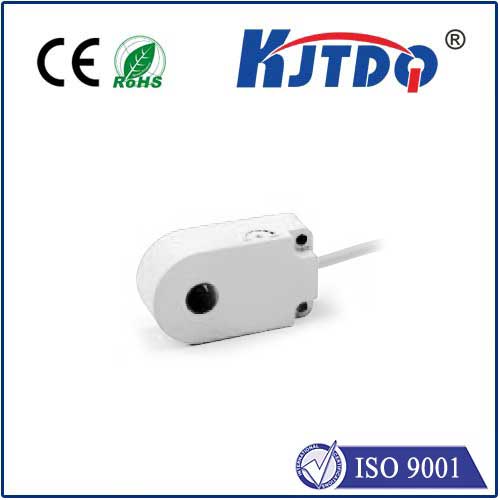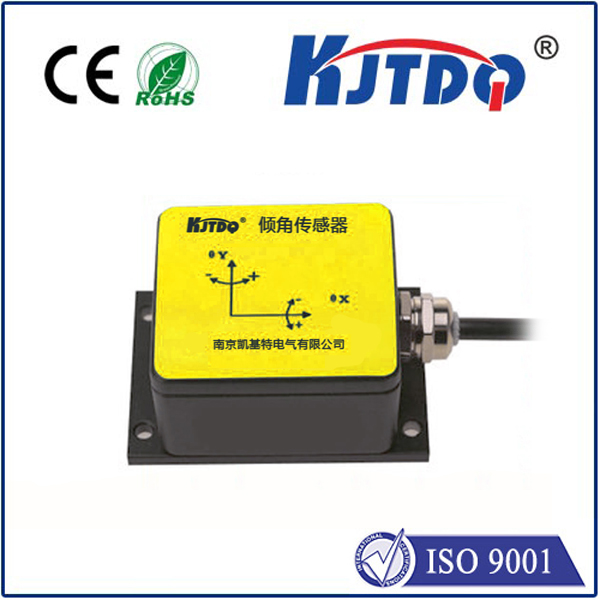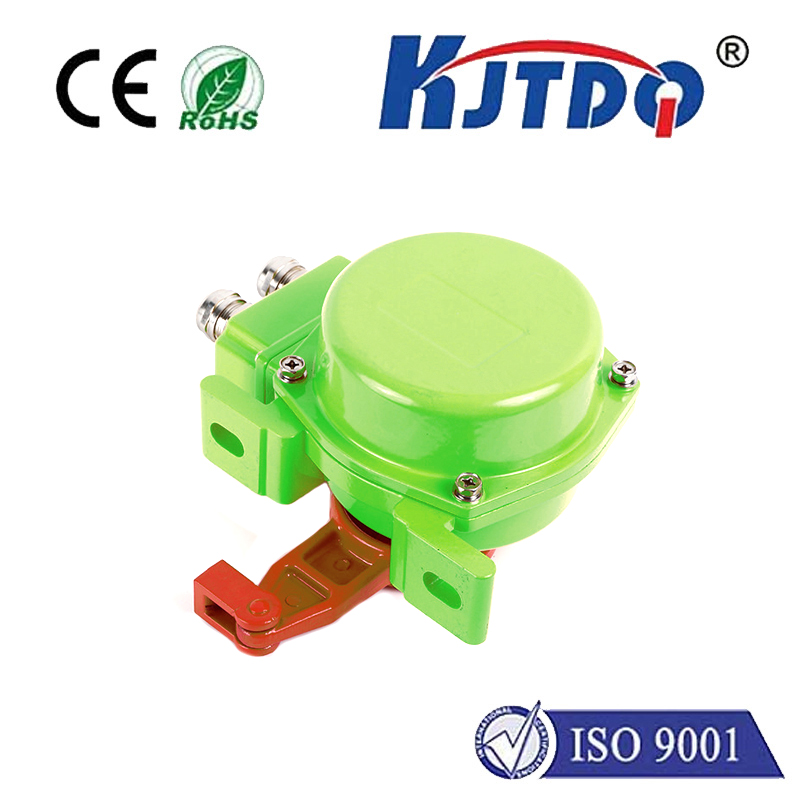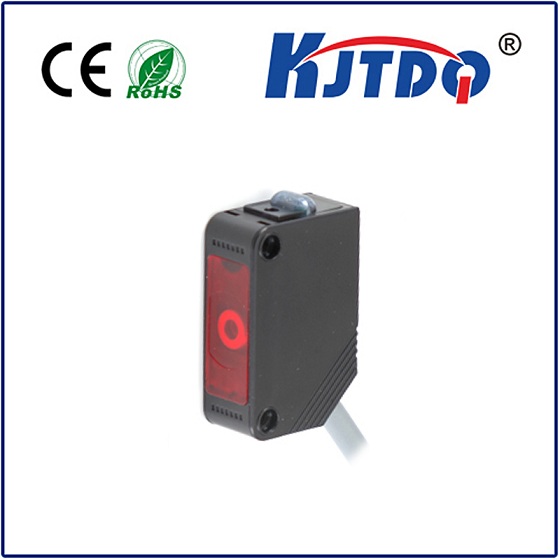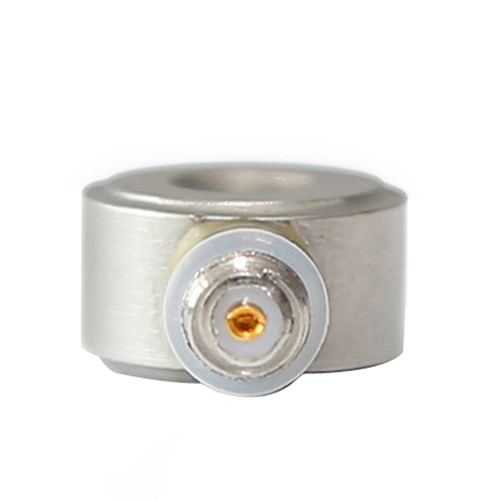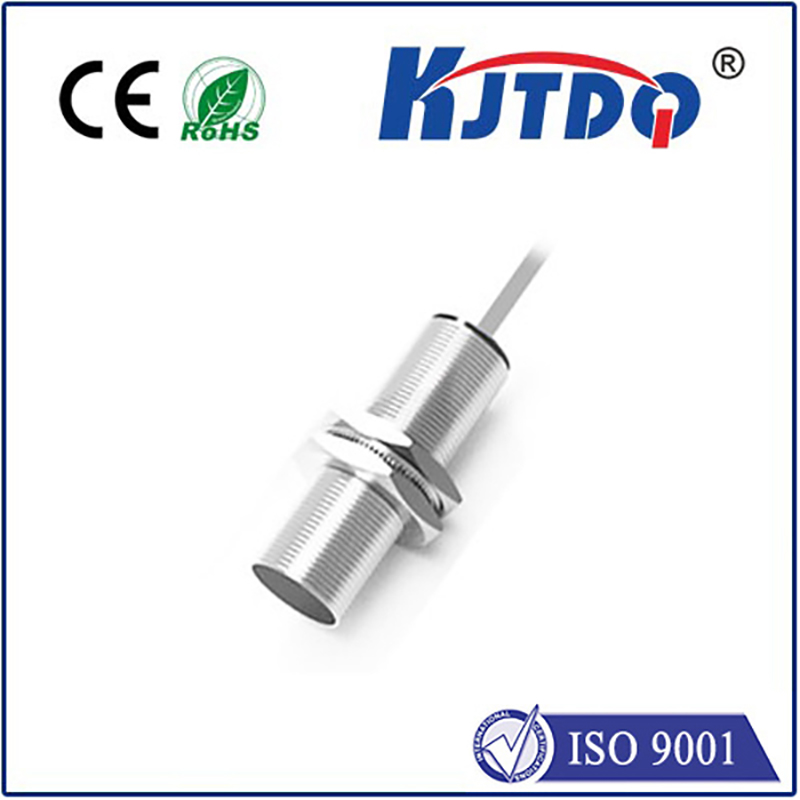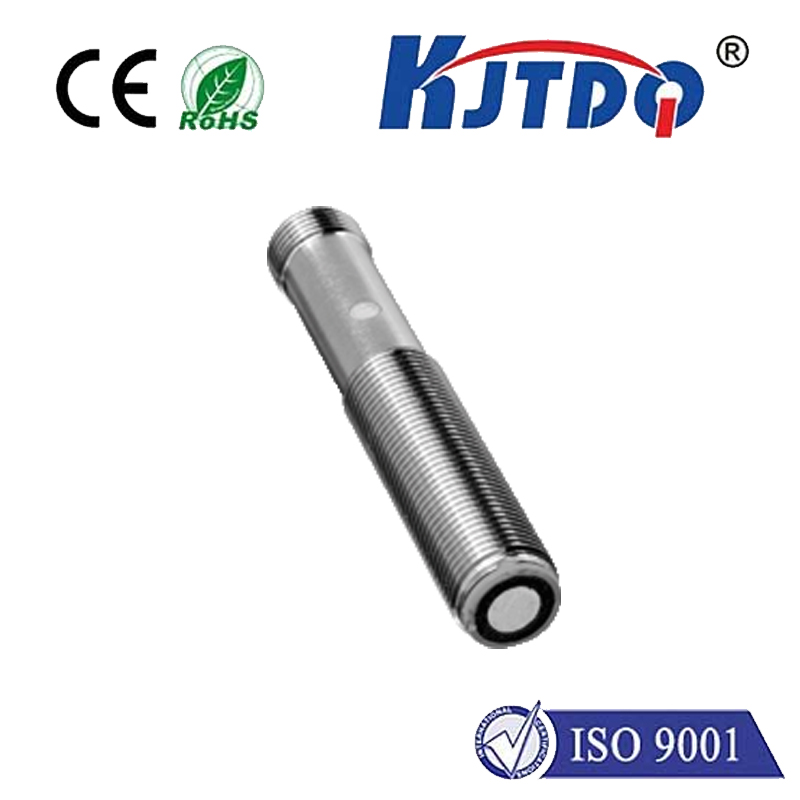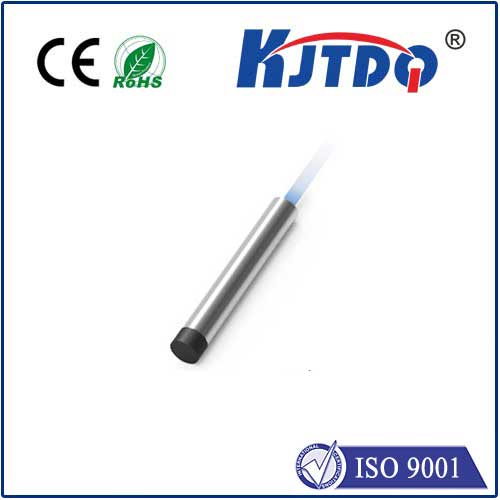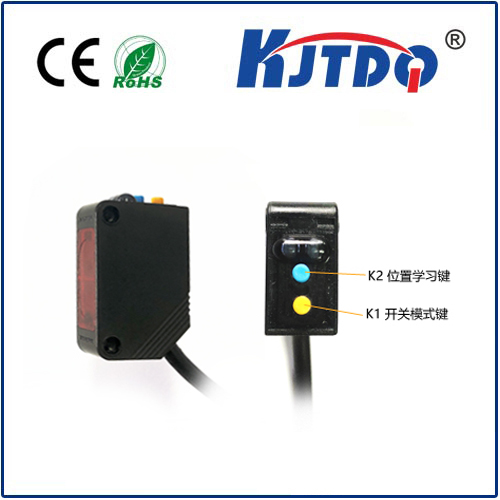

check

check

check

check

check

check

check

check

check

check
In the realm of modern industrial automation, precision and efficiency are paramount. One of the critical innovations driving these attributes is the Photoelectric Speed Sensor. This device, often understated yet immensely effective, plays an indispensable role in ensuring seamless operations across various industries. From manufacturing plants to conveyor systems, its applications are vast and varied. In this article, we will delve into what a Photoelectric Speed Sensor is, explore its working principle, highlight its significance in industry, and discuss its benefits and applications.
A Photoelectric Speed Sensor, also known as a photoelectric tachometer, is a device that utilizes light to measure the speed of rotation of a moving object, typically a shaft or a wheel. It consists of components like a light source (often a laser or LED), photodetectors, and electronic circuitry. The sensor works on the principle of detecting the interruption of a light beam by the rotating object, which then calculates the speed based on the frequency of the interruptions.

The operational process of a Photoelectric Speed Sensor begins with the emission of a light beam from the sensor towards the moving object. As the object rotates, it interrupts the light beam at regular intervals. These interruptions are received by photodetectors that convert them into electrical signals. The electronic circuitry within the sensor processes these signals to calculate the speed of rotation based on the time duration between successive interruptions. The output is generally a digital signal that can be read by other control systems for further analysis or regulatory actions.
The significance of Photoelectric Speed Sensors in contemporary industries cannot be overstated. They are crucial for maintaining operational efficiency, ensuring product quality, and enhancing safety measures. For instance, in manufacturing units where machinery runs around the clock, monitoring the speed of motors and conveyor belts is essential to prevent bottlenecks, minimize downtime, and optimize production rates. Furthermore, they play a pivotal role in energy management by enabling variable speed drives to adjust motor speeds according to real-time demands, thus conserving energy.
The adoption of Photoelectric Speed Sensors brings along a myriad of benefits. Firstly, they offer high accuracy and reliability in speed measurements, making them suitable for environments where precision is critical. Secondly, their non-contact nature eliminates wear and tear on both the sensor and the monitored equipment, extending their operational lifespan. Additionally, they respond quickly to changes in speed, providing real-time data that is vital for dynamic control systems. Photoelectric Speed Sensors find their applications across diverse sectors. In automotive manufacturing, they are used to monitor engine RPM and control transmission systems. In food processing industries, they ensure conveyor belts move at optimal speeds for packaging and sorting. Even in sports equipment, such as exercise bikes, these sensors are employed to measure and display the user’s pedaling speed.
In conclusion, the Photoelectric Speed Sensor embodies the intersection of optical technology and mechanical engineering, revolutionizing the way industries operate. Its ability to measure speed with precision, coupled with its durability and versatility, makes it an invaluable asset in modern automation systems. As industries continue to evolve towards greater efficiency and automation, the role of Photoelectric Speed Sensors is set to expand, paving the way for innovative solutions in monitoring and control mechanisms.
